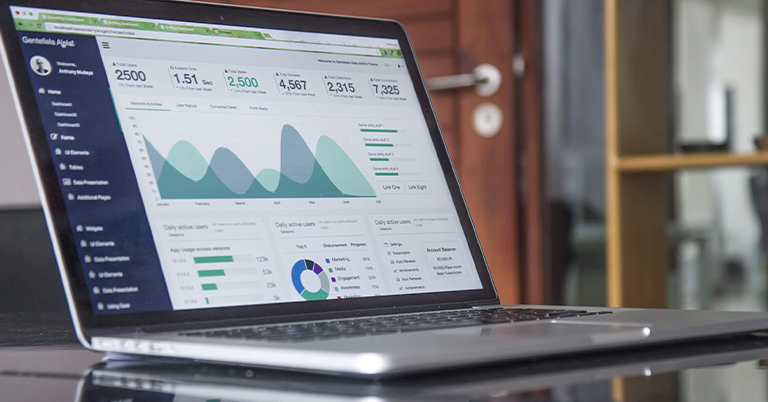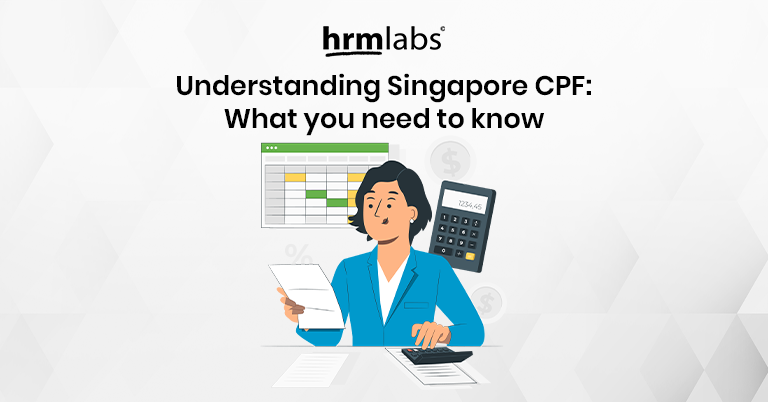What is CPF
Singapore’s social security savings program, known as the Central Provident Fund (CPF), is financed by both you and your employer. With the help of the CPF, Singapore’s social security system can provide for our requirements in the areas of housing, healthcare, and retirement. Through programs like Workfare and MediSave top-ups for seniors, the government also helps to boost the CPF savings of lower-paid workers. Your company contributes in addition to your CPF contributions, which are deducted automatically from your paycheck.

Who is required to pay CPF?
Whether it is a contractual, permanent, part-time, or casual job, Singaporean citizens and permanent residents begin making contributions to their CPF as soon as they land their first position. Unless you are working abroad, the contributions are required and take effect when your monthly income exceeds S$50. However, only your employer will make CPF contributions until you begin earning more than S$500 per month. You will contribute between 5 and 20 percent of your earnings, whenever you earn more than S$500, to your CPF. To acclimate to the decreased take-home salary, new permanent residents will pay CPF contributions at graduated rates for the first two years.
How do CPF Contributions Work?
Employees who make more than S$500 each month are required to deposit a percentage of their pay to their CPF account. The rates of contribution change with age bands, gradually declining after age 55. However, as CPF contributions are not required when a person works abroad, this does not apply to them. Keep in mind that other payments also trigger CPF contributions. These consist of commissions, financial rewards, and bonuses.
The employer must make a separate contribution to the employee’s CPF account in order to match the employee’s CPF contributions. The rate of employer contribution varies according to the employee’s age.

CPF Contribution Rates:
| Employee Age | Employer Contribution | Employee Contribution | Total |
| 55 and younger | 17.0% | 20.0% | 37.0% |
| 55-60 | 14.0% | 14.0% | 28.0% |
| 60-65 | 10.0% | 8.5% | 18.5% |
| 65-70 | 8.0% | 6.0% | 14.0% |
| Above 70 | 7.5% | 5.0% | 12.5% |
Other forms of remuneration, in addition to your Ordinary Wage, which is the salary you receive each month, are also applied to your CPF contributions. These are referred to as Additional Wages and include bonuses, commissions, monetary incentives, allowances, and overtime compensation. There are CPF contribution caps for both types of wages. The current cap on the Ordinary Wage is S$6,000. This indicates that the CPF contribution will only apply to the first S$6,000 of your salary. The total Ordinary Wage that was subject to the CPF is subtracted from the Additional Wage contribution maximum, which is set at S$102,000 each year.
You have a cap on how much you can deposit into and take out of your CPF accounts. The maximum amount you can currently contribute to your CPF each year from both required and voluntary contributions is S$37,740. If you want to keep saving for retirement, you might want to think about investing in one of the Best Online Brokerages in Singapore or a high-yield savings account. However, you should always be sure to conduct your research before investing.
| Example of CPF Contribution | |
| Ordinary Wages | S$6,500/month |
| Additional Wages | S$50,000/year |
| OW Subject to CPF Contributions | S$6,000*12=S$72,000 |
| AW Subject to CPF Contributions | S$102,000-S$72,000=S$30,000 |
| S$30,000 of your S$50,000 AW will be subject to CPF Contributions |
Your CPF funds are allocated to Special Singapore Government Securities. Your savings are protected from changes in the financial markets by government-guaranteed securities. All of your accounts’ funds will accrue interest for you.
What CPF Accounts do you Have
The following CPF accounts, are opened to hold funds for a variety of purposes and are owned by all Singaporeans and PRs:
| CPF account | What you can use it for |
| Ordinary Account (OA) | Can be used for housing, higher education, and investing. Anything left over is to be used for retirement. |
| Special Account (SA) | To be saved for retirement. Can also be invested to a certain degree. |
| Medisave Account (MA) | To pay for hospitalisation, other approved medical expenses and to pay for MediShield / Integrated Shield plans. |
| Retirement Account (RA) | You only get an RA when you turn 55. At that age, your OA and SA will merge to form your RA, which will contain your retirement savings. |
2022 Monthly CPF Allocation Rates
As long as your monthly wages are $750 or more, the money is divided across your various accounts after it is paid into CPF in the manner described below. The figures below represent your pay as a percentage:
| Age of employee | CPF allocation for Ordinary Account | CPF allocation for Special Account | CPF allocation for Medisave |
| Up to 35 years old | 23.0% | 6.0% | 8.0% |
| 35 to 45 years old | 21.0% | 7.0% | 9.0% |
| 45 to 50 years old | 19.0% | 8.0% | 10.0% |
| 50 to 55 years old | 15.0% | 11.5% | 10.5% |
| 55 to 60 years old | 12.0% | 5.5% | 10.5% |
| 60 to 65 years old | 3.5% | 4.5% | 10.5% |
| 65 to 70 years old | 1.0% | 2.5% | 10.5% |
| Above 70 years old | 1.0% | 1.0% | 10.5% |
Since you’re more likely to require your OA money to buy a home and less likely to get very ill, more money is put into your OA and less into your Medisave account when you’re young and healthy. The allotment rates change as you age, though. Your SA and Medisave accounts start receiving more contributions as you start saving for retirement and anticipate higher healthcare costs. Your OA and SA contribution rates, however, start to decline once you turn 55 because you’ve (hopefully) saved enough for retirement. You still make a significant amount of Medisave contributions despite getting older and more feeble.

CPF Calculators
If you are still uncertain about how much CPF money you should or should not receive, you can use these CPF calculator tools to determine how much money you need to contribute to the CPF. You can also use other calculators to estimate how much you can receive in monthly retirement payouts or find out how much you can use to pay for your home.
- CPF Contribution Calculator for Singapore citizens and PRs in their 3rd year and onwards
- CPF LIFE Payout monthly retirement payouts estimator
- CPF Housing Withdrawal Limits Calculator
- CPF Retirement Calculator
If you are looking a faster and easier way to take care your employee CPF, you can also use payroll system to automate them. Book a free consultation and demo here with our HRMLabs team this week.



